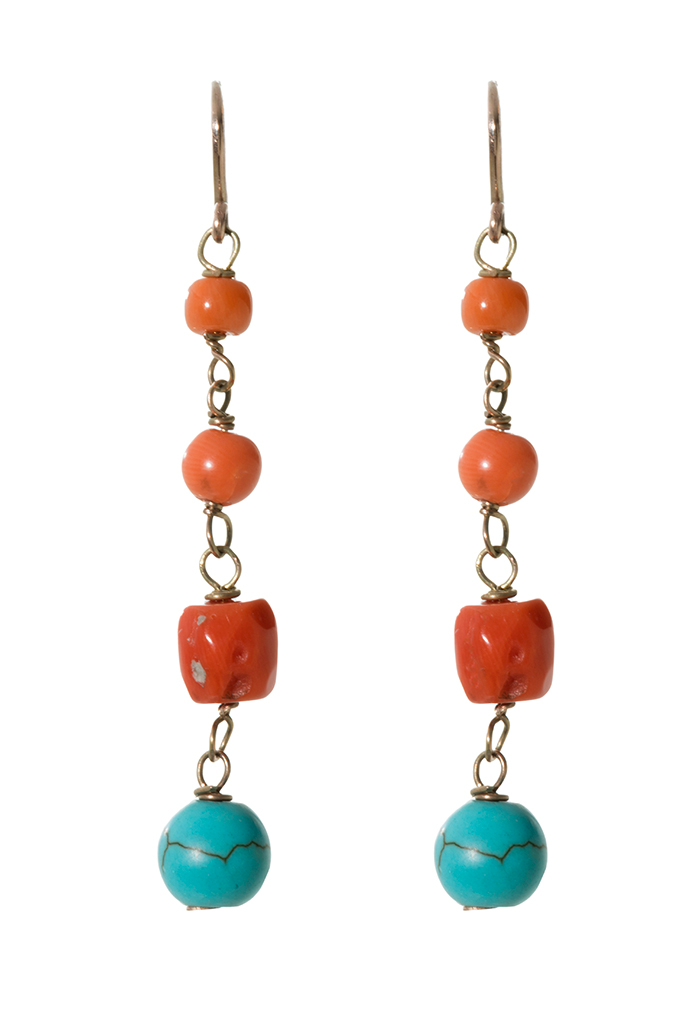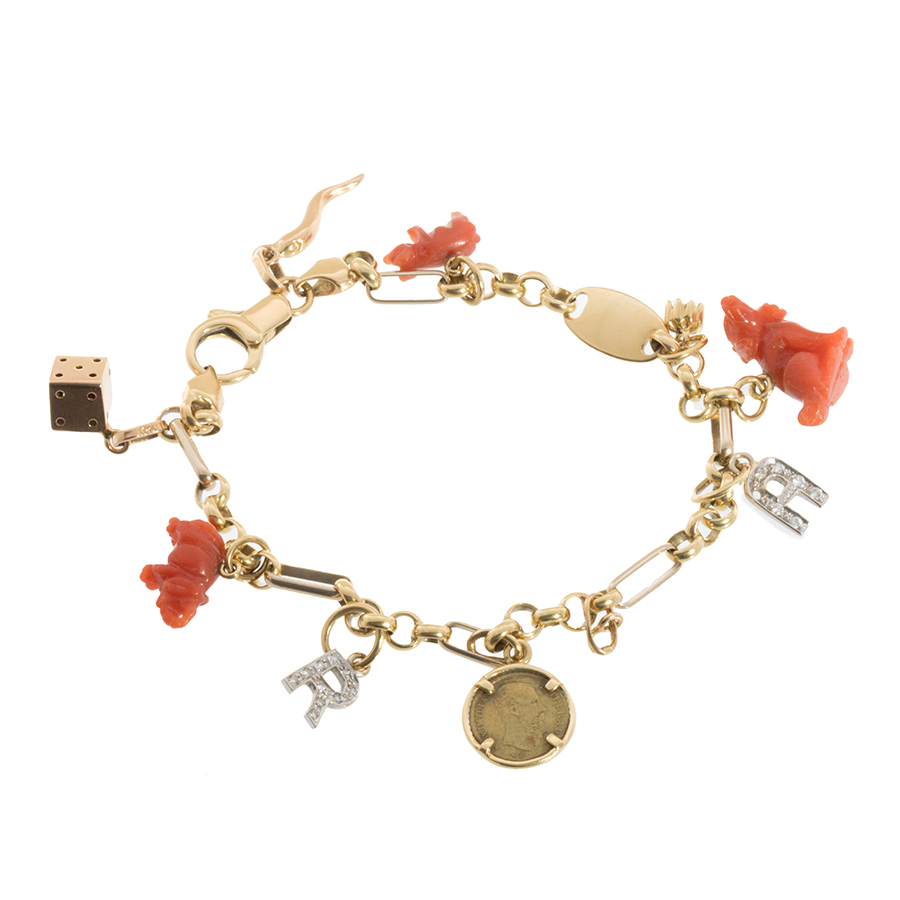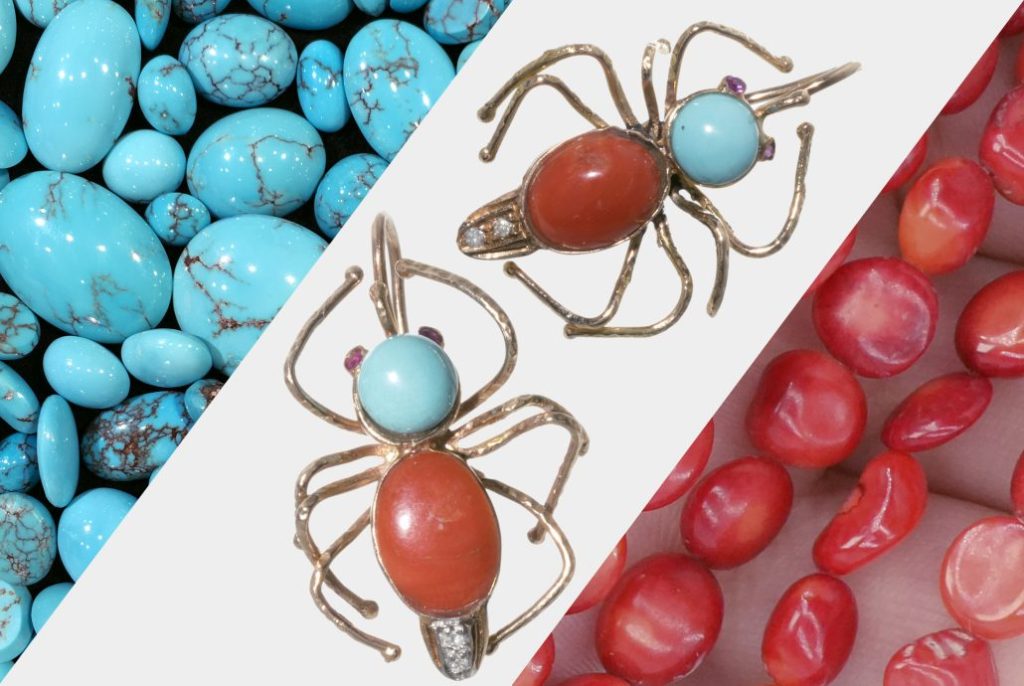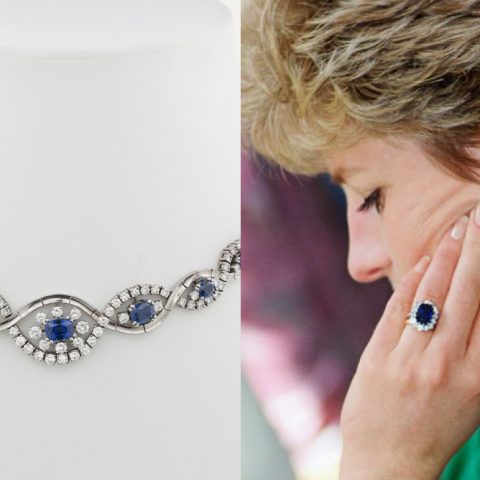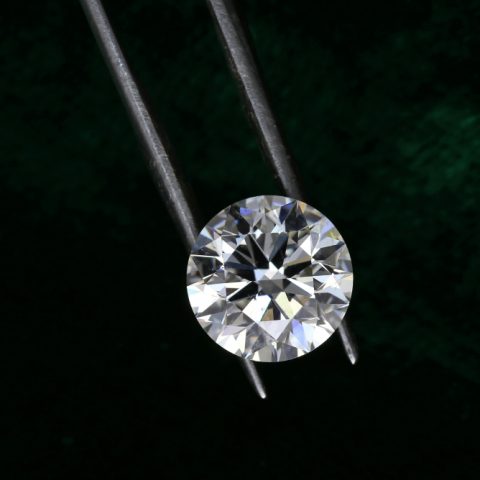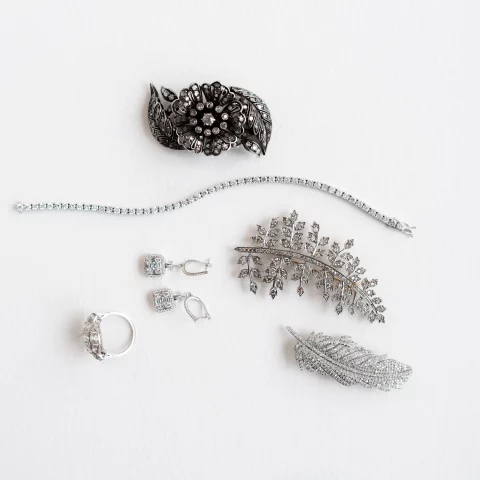From Setdart, we tell you everything you need to know about coral and turquoise, two of the stones that crown the most summery pieces in jewelry.
CORAL
Since ancient times, populations around the Mediterranean have used coral for decorative, medicinal and spiritual purposes, attributing to it the ability to ward off evil. Like pearls, coral is formed from living matter rather than minerals.
Originating from the deep sea of the Mediterranean, especially along the Italian coast, the variety most commonly used in jewelry is red coral. However, there are different shades, from the most intense red to a very pale pink, known as “angel skin”.
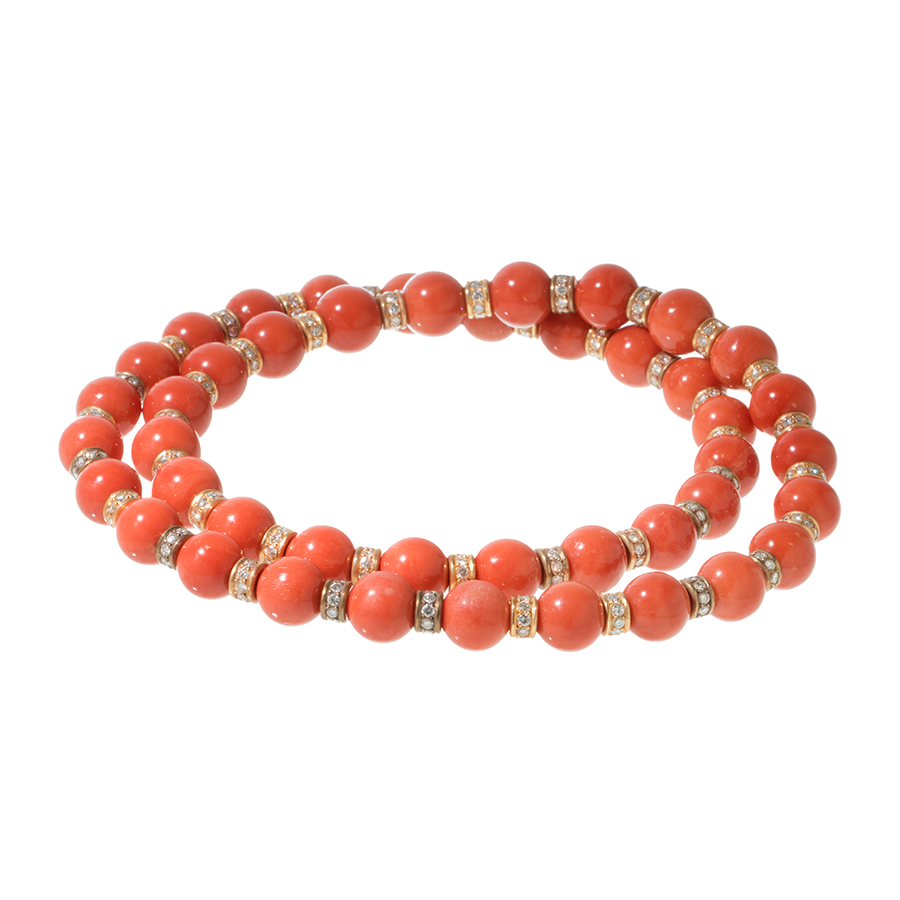
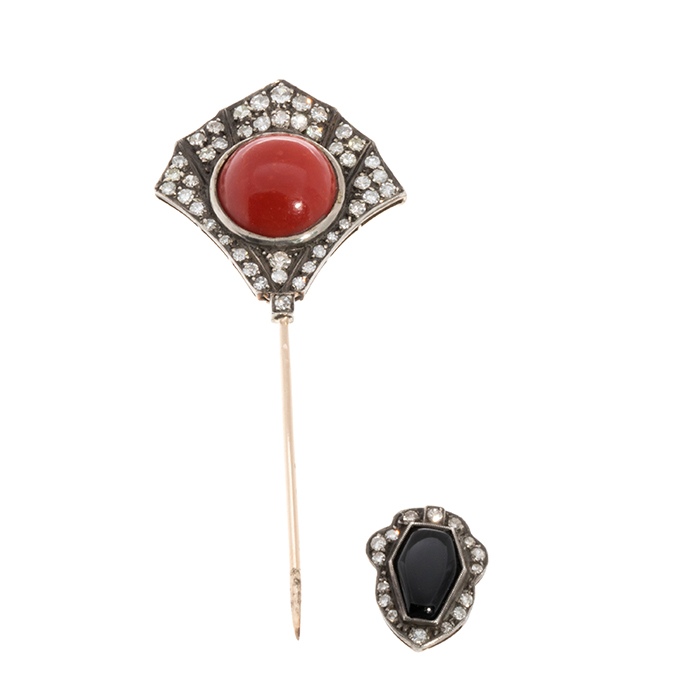
TURQUOISE
Turquoise is one of the oldest documented gemstones. Since time immemorial, it has captured the imagination of cultures around the world. In ancient Egypt, for example, rulers adorned themselves with turquoise jewelry, considering it a symbol of power and protection. Similarly, Chinese artisans have been carving turquoise for more than 3,000 years, using the stone not only for its beauty, but also for its symbolic and spiritual properties.
It is a greenish blue opaque stone, very rarely found in minerals. In jewelry it is used in beads, cabochons, carvings and as inlays.
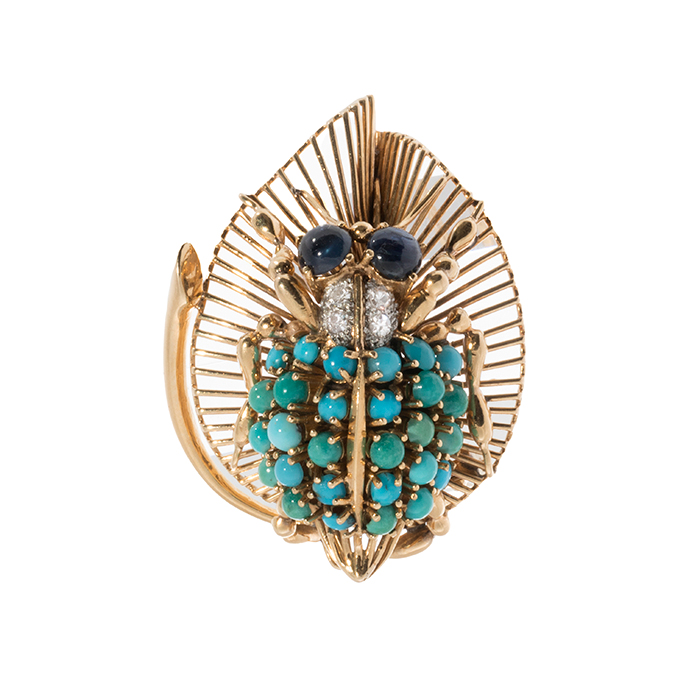
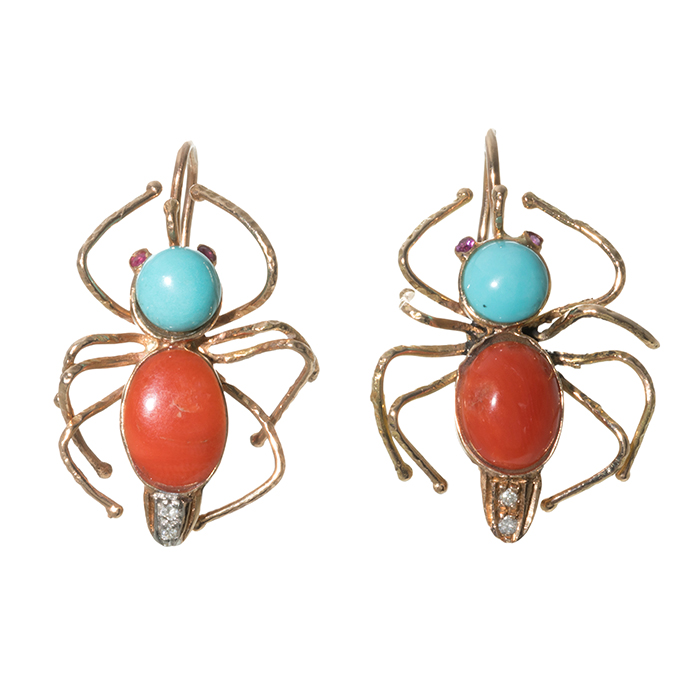
Two tips for the care of coral or turquoise jewelry
Both coral and turquoise should be treated with delicacy.
- They are sensitive to direct sun exposure, so it is preferable to protect them from the sun’s rays.
- They should be kept away from cosmetic products, as they may be affected by perfumes or creams.
